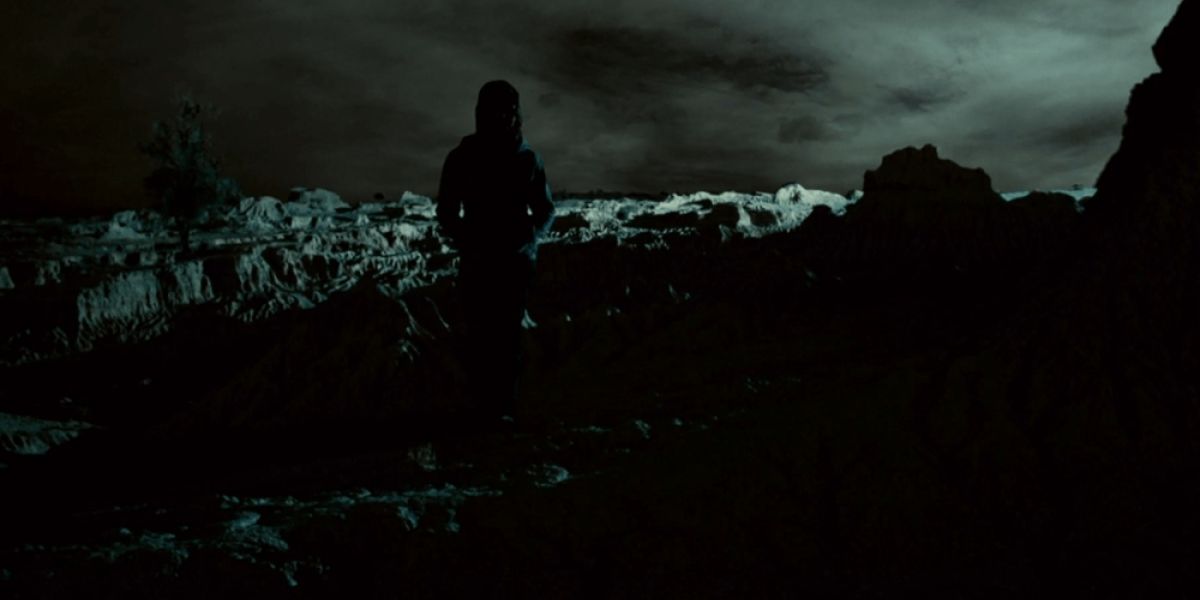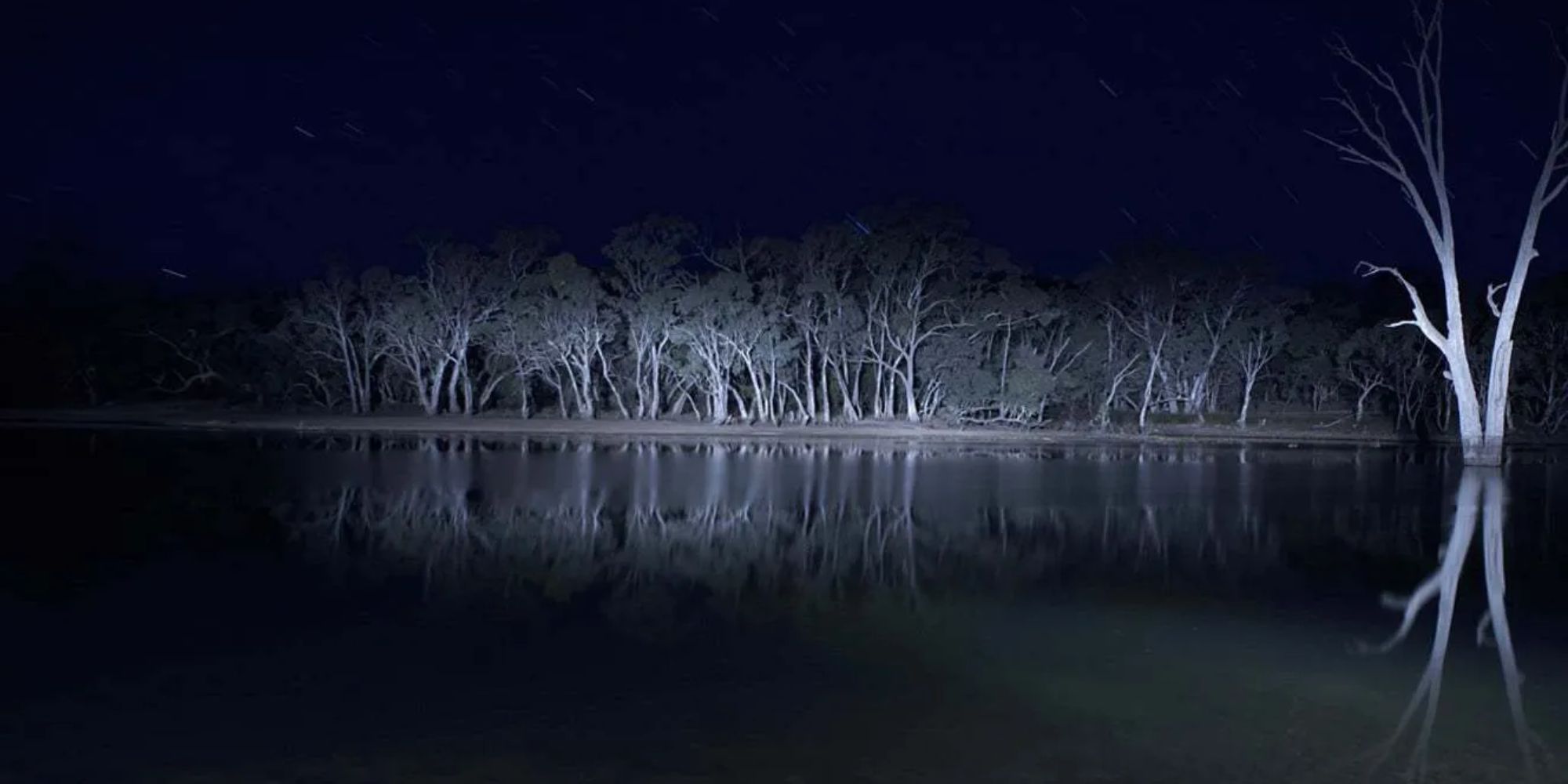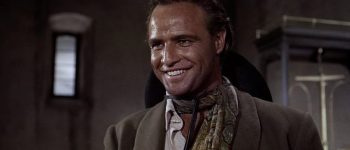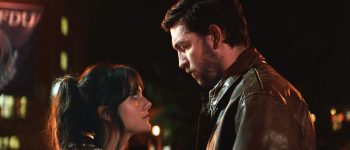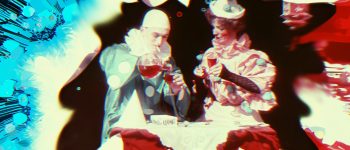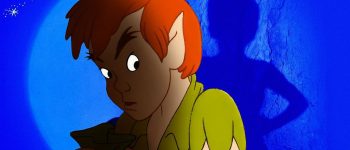- ‘No One Will Save You’ Review: Kaitlyn Dever Kills It in Thrilling Sci-Fi Horror
- Should I, a Fully Grown Adult, Give a Sh*t About the ‘PAW Patrol’ Movies?!
- Is ‘The Poughkeepsie Tapes’ Real?
- This Documentary Shows a Different Side of the ‘Painkiller’ and ‘Dopesick’ Story
- ‘Harry Potter’: Horcruxes and You, a Guide to Splitting Your Soul Through Murder
I really hope ghosts aren’t real. No matter how much people have tried to comfort me about the concept, the more gentle elements of life beyond death, there’s just something about it that fills me with dread. It’s the idea that the dead, especially those who didn’t go peacefully, still linger in the world of the living. Something that you can’t see watching you, following you, with the constant threat of making very real, very painful contact. Worst of all, there’s no real way of knowing if ghosts aren’t real. You can explain away the hoaxes and scold the shysters but no one really knows what’s out there.
you are watching: This Is the Scariest Plot Twist in a Movie, and It’s Not ‘The Sixth Sense’
That uncertainty is why horror cinema keeps coming back to ghosts, something so unknown can be incredibly versatile. It can touch on themes of grief, madness, emptiness, and perception vs. reality. It can touch on the pain that is left behind in a space, even after its inhabitants are long gone. Considering the fact that they may or may not exist, ghosts can send the audience home with more questions than answers, and arguments among their friends. Films like The Haunting use this to their advantage, after all, can you really be sure what the characters are seeing are actual apparitions or just an extension of their own madness? And if ghosts are real, who are the ghosts?
Perception vs. reality, and one of the best ways to add a twist ending to your movie. The most famed “they were ghosts the whole time” twist is from M. Night Shyamalan‘s The Sixth Sense. A twist ending of this breed usually asks the same question, and will always keep us guessing on what the answer is: Are ghosts real, or are the living protagonists losing their minds, or worse, doing it on purpose? The secret ingredient that separates the wheat from the chaff is how long the film can play with our expectations, not just of the characters we’re watching, but the expectations of the genre itself. While The Sixth Sense‘s twist is undoubtedly iconic, there’s a little cult-classic horror movie from Down Under that gives us a truly spine-chilling twist: Lake Mungo.
What Is ‘Lake Mungo’ About?
Lake Mungo is one of the greatest Australian films you possibly haven’t seen. Directed by Joel Anderson and released in 2008, it’s a documentary-style film that follows the Palmer family as they struggle with the loss of their daughter Alice, who went swimming in a dam and never returned. The surviving parents and teenage son fail to grapple with the reality of the situation in a way that’s real to the point of being deeply uncomfortable. There is lingering hope that their daughter might turn up as her fate is unknown. But the recovery of her body doesn’t give them closure, and then the haunting begins. It’s that great, vague haunting where the specter of Alice might be there, but might not. The family thought they heard something in her room, or can maybe just see her in a photograph, but it could be a trick of the light.
‘Lake Mungo’ Has One of the Best Jump Scares in Horror
There’s an initial explanation and, for a while, you feel comfortable in the knowledge that it is just a hoax, a son’s desperate attempt to allow his mother to find peace. It’s a tragedy, a meditation on bereavement and how it can break a family apart. However, as more harrowing secrets are revealed, and as more questions are left unanswered, the family goes to the ancient Lake Mungo where Alice had buried her phone. On that phone, the family finds a video. As Alice walks across the lake shore there’s someone approaching the grainy phone camera, and she sees herself. Bloated, waterlogged, the way she would soon be found after going missing. A premonition, a doppelganger, the ghost of a death yet to come.
Firstly, this is the most masterful jump scare in horror cinema. In a world where the technique had been all used up, especially in the late 2000s, this one comes out of nowhere and still manages to terrify. There’s no sound, except Alice talking about this lingering fear she has that something terrible is going to happen to her. The form approaches slowly, and the camera is so grainy that you don’t know what you’re looking at until it’s staring you right in the face, this horrible corpse, in a film with very few gory moments.
The Real Horror of ‘Lake Mungo’ Comes From What You Don’t See
Imagine having to look at that yourself, with the strong impression that this is how you’ll look in the near future. This scene flips the whole film on its head because this slow-burning psychological tragedy has become a real ghost story in the span of a minute. Ghosts are real, and Alice has been there the whole time. You believe you’ve been watching one movie, and by that point you think, despite all the twists and turns so far you have a firm grasp on the reality of the situation. Up until this point, one could feasibly believe that this is a real documentary, about a real family embroiled in a missing person case. But then that one-minute scene makes you rethink everything. Every photograph and piece of footage that you thought only had a fake ghost, just might have a real one that you didn’t notice, and you start to see Alice everywhere. Your own eyes have deceived you like Anderson deceived the whole audience.
As cool as ghost monster designs can be, the scariest are the ones you barely see. What makes ghosts so scary is their intangibility, that someone might be there, and could come out at any minute, but for now, they’re just going to watch you. This is why what remains of Alice isn’t just incredibly chilling, but also rather sad. The fact that she can only witness her family’s bereavement because of the death she had foreseen, observing but never truly connecting. This adds to not only the tragedy of Lake Mungo, but also the unsettling vibe that hangs over not just the Palmer family, but the viewer as well.
The thing that makes ghosts scary is the element of the unknown, no one knows what happens after death, so you can’t guarantee that spirits don’t remain in a space after the body is long gone. Not knowing if they’re there, and not knowing what they could be capable of if they are. Horror cinema can play with that fear, play with both the characters’ minds and ours, too, pulling tricks on us to make us go back and watch again to see what we missed. As much as they can tease us, horror cinema like Lake Mungo can confirm that fear, but also in some twisted way, give us closure. The dead can move on, as can the grieving, but something is always left behind, hidden away in plain sight.
Source: https://dominioncinemas.net
Category: MOVIE FEATURES

